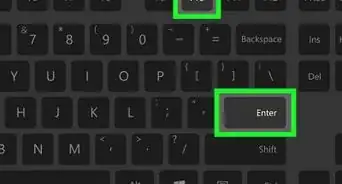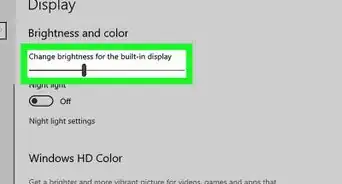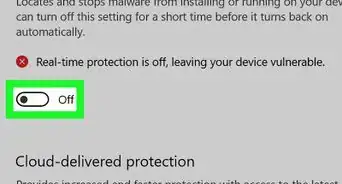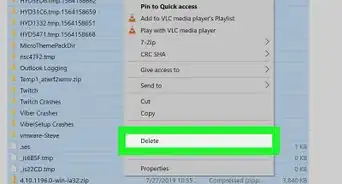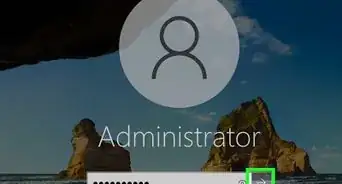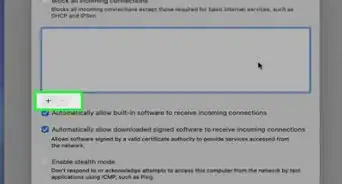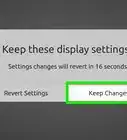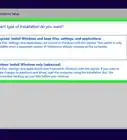This article was co-authored by wikiHow staff writer, Jack Lloyd. Jack Lloyd is a Technology Writer and Editor for wikiHow. He has over two years of experience writing and editing technology-related articles. He is technology enthusiast and an English teacher.
The wikiHow Tech Team also followed the article's instructions and verified that they work.
This article has been viewed 425,273 times.
Learn more...
Do you need more desktop space for your Windows 10 PC? Moving to a double monitor setup will make it so much easier to use multiple programs at once without having to switch and minimize windows. We'll show you the easiest way to connect a second monitor to your Windows desktop or laptop computer and use it to extend or mirror your screen.
Steps
-
1Make sure your computer can support a second monitor. While Windows 10's settings allow for multiple displays, not all graphics cards support more than one monitor at a time. You can quickly determine whether your desktop or laptop supports a second monitor by looking at the video output connections:[1]
- Desktop — On the back of the desktop's tower, look for a free video output port. If you see one next to or directly above the port that's currently being used to connect your desktop to the primary monitor, you can use a second monitor.
- Laptop — Any laptop with a video output port (e.g., HDMI, DisplayPort, or USB-C) can support a second monitor.
-
2Determine the connection needed for the second monitor. Most modern computers and monitors use either HDMI or DisplayPort cables. If you have an older computer or monitor, you may find a VGA connector, which is a colored, trapezoid-shaped output.
- If you have a free video output connection which matches a connection on the back of your second monitor, it's best to use a cable that fits both connections.
- If your computer uses a different connection than your monitor, you can buy an adapter cable (e.g., USB-C to HDMI) or unit (e.g., VGA to HDMI).
Advertisement -
3Place the second monitor. If you want to extend your primary monitor to use your second monitor as extra screen space, you'll want to place your second monitor to the right of your primary one.
- If you're duplicating your primary monitor, it doesn't matter where you place your second monitor.
-
4Attach the second monitor to your computer. Plug one end of your video cable (e.g., HDMI) into your computer's video output slot, then plug the other end of the cable into your second monitor's video input slot.
- If you're using an adapter unit, you may need to plug both cables into the adapter and/or plug the adapter into a power source before you can connect the monitor to your computer.
-
5
-
6
-
7
-
8Click System. It's a laptop-shaped icon in the Settings window.
-
9Click the Display tab. You'll find this in the upper-left side of the Display page.
-
10Click the "Multiple displays" drop-down box. It's near the bottom of the page.
-
11Select a display option. In most cases, you'll want to click Extend these displays to use the second monitor as an extension of your computer's main display, thus adding more room to the right side of your desktop. You can also select one of the following options if need be:
- Duplicate these displays — Copies what's on your computer's primary screen to the second monitor.
- Show only on 1 — Blacks out the second monitor and displays only on your primary monitor.
- Show only on 2 — Turns off your primary monitor and displays only on your second monitor.
- Depending on your second monitor, you may have additional options here.
-
12Save your changes. Click Apply, then click Keep changes when prompted. Doing so will prompt your computer to begin using the second display as indicated.
-
13Use your second monitor. If you're extending your display, pushing your mouse to the far-right side of your primary display and then continuing to push right will cause the mouse to appear on the second display.
Community Q&A
-
QuestionCan I work on 2 separate screens with different programs?
 Community AnswerYes. Open both programs and full screen them on their respective monitors.
Community AnswerYes. Open both programs and full screen them on their respective monitors. -
QuestionWhat if my mouse won't move between monitors?
 AasimTop AnswererMove the monitor in your settings until the display is along the edge you want your mouse to move.
AasimTop AnswererMove the monitor in your settings until the display is along the edge you want your mouse to move. -
QuestionCan I use a 27-inch monitor with my laptop?
 Community AnswerIf your monitor supports HDMI cables, then yes.
Community AnswerIf your monitor supports HDMI cables, then yes.
Warnings
- Be gentle when connecting your monitor's cables.⧼thumbs_response⧽
- If your computer doesn't support a second monitor, you won't be able to use a second monitor without first installing a new graphics card.⧼thumbs_response⧽
References
About This Article
1. Make sure your PC supports dual monitors.
2. Determine which connection method you'll need to use.
3. Place the second monitor.
4. Attach it to the computer and turn it on.
5. Go to Start > Settings > System > Display.
6. Select an option from the "Multiple displays" menu.
7. Save your changes.
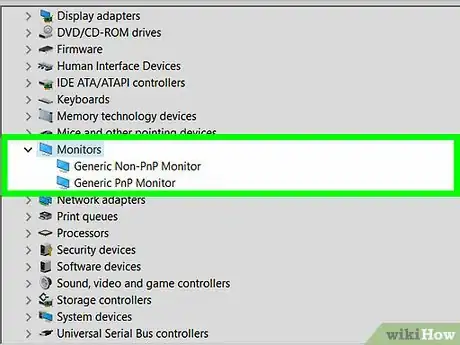
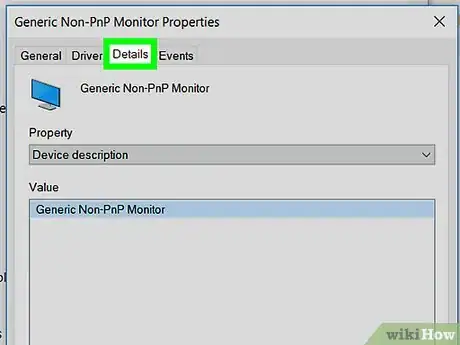

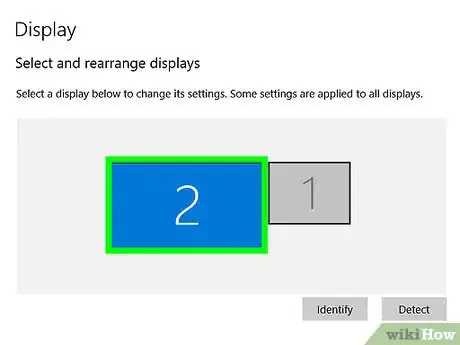


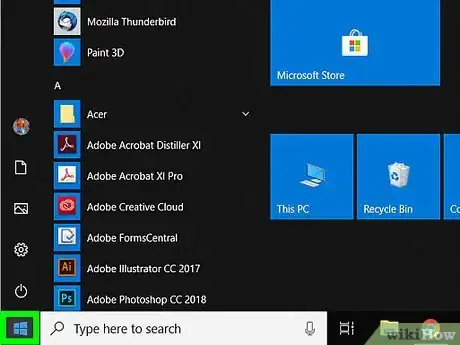

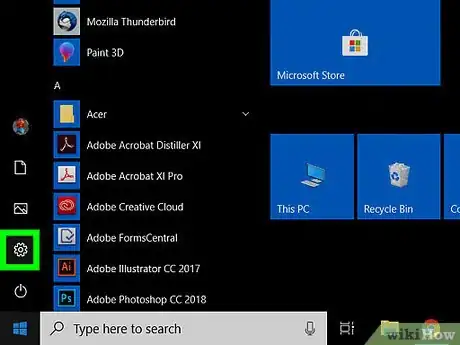

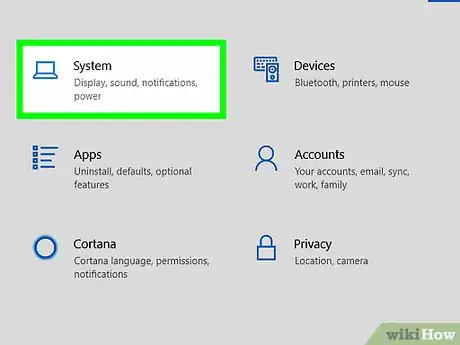
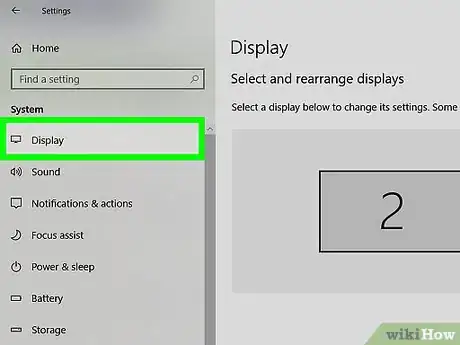


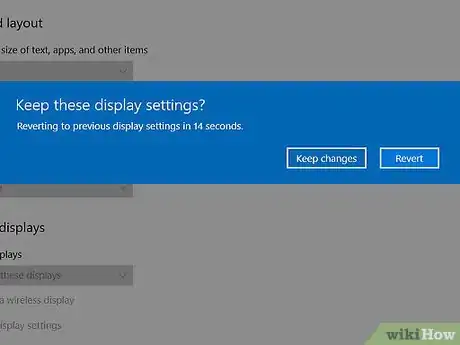






-Step-17.webp)
